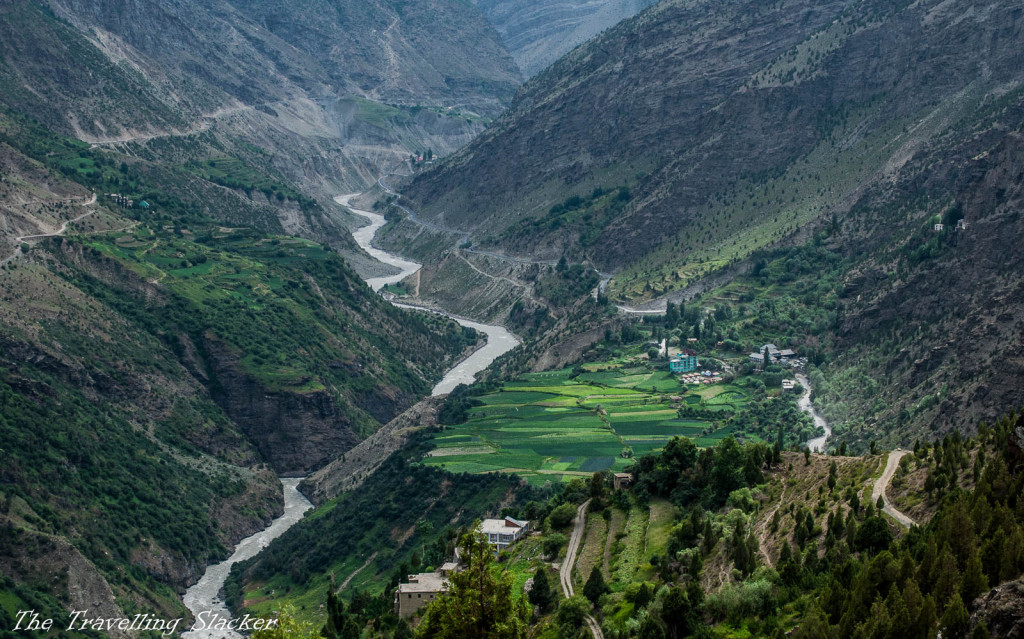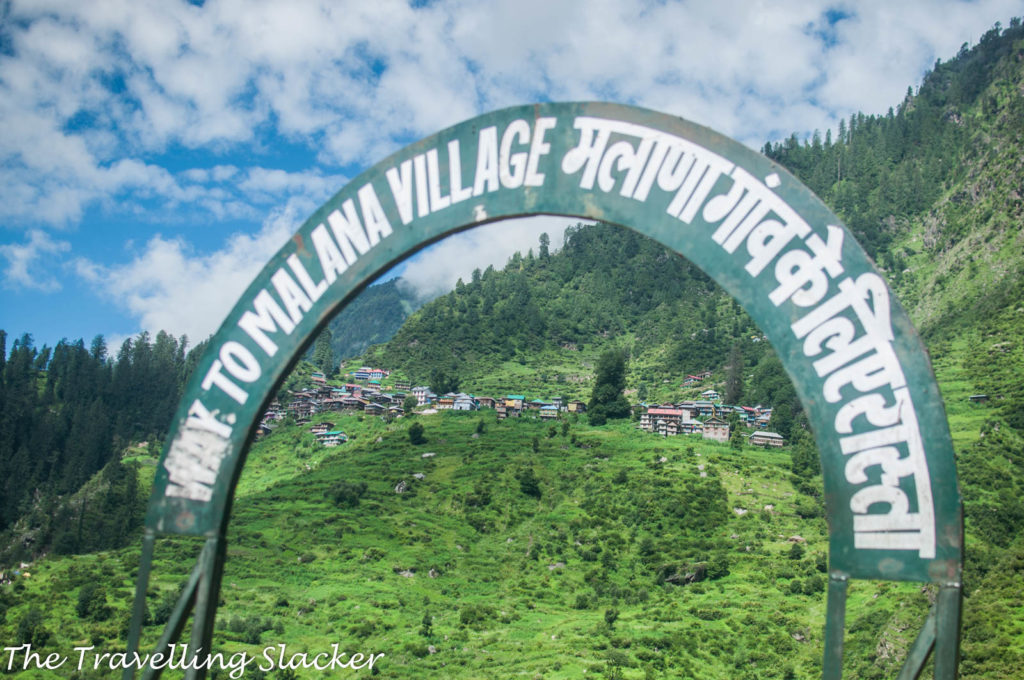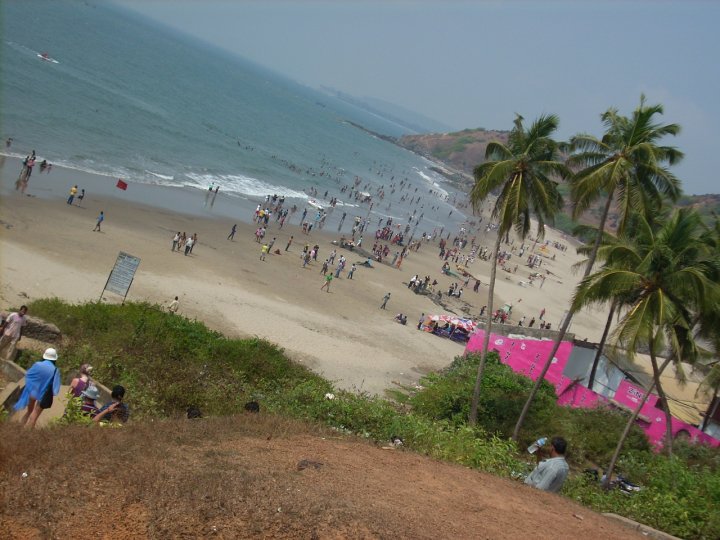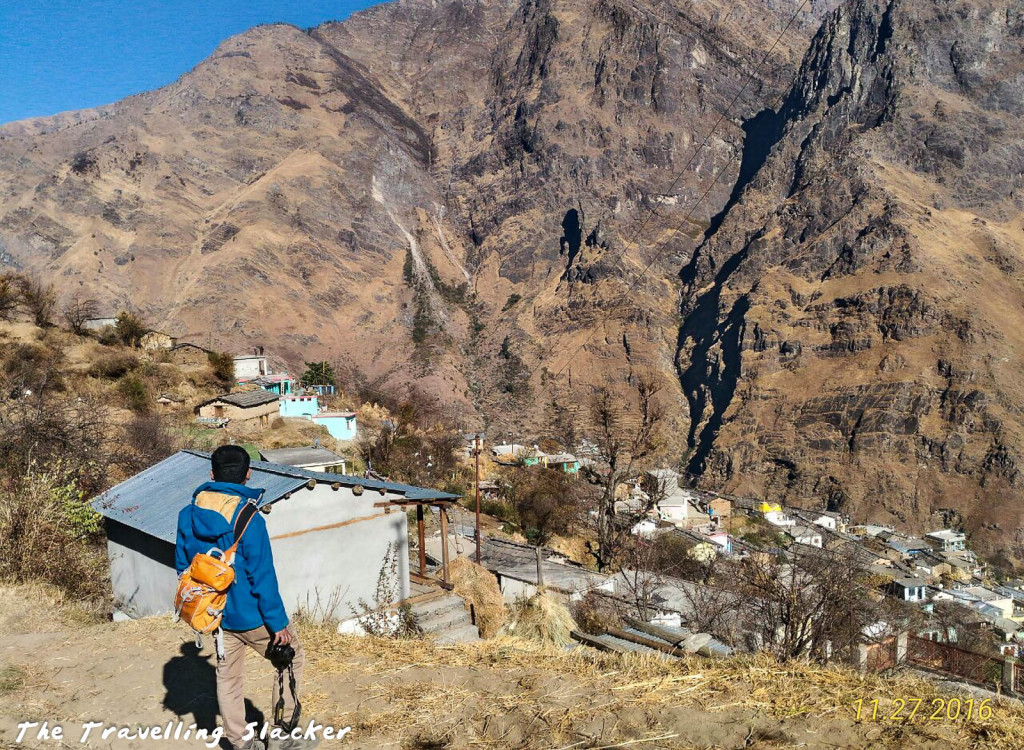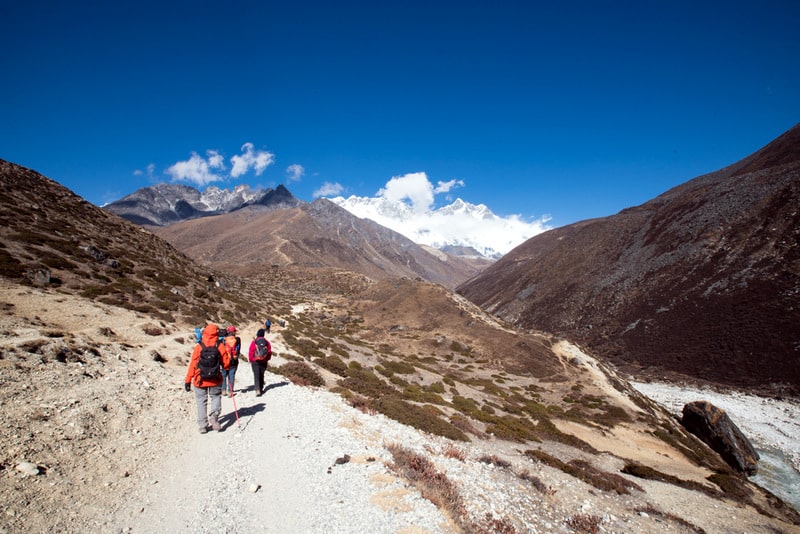Travel photography is about capturing moments, emotions, and the essence of a place. But no matter how skilled a photographer you are, post-processing can elevate your images from good to breathtaking. Adobe Lightroom, one of the most powerful editing tools available, offers numerous features that can help you enhance your travel images significantly. Whether you’re shooting original compositions or incorporating high-quality stock photos into your projects, mastering Lightroom’s capabilities can help you achieve professional-quality results. Here are five Lightroom tricks to take your travel photography to the next level.
1. Mastering the Tone Curve
The tone curve is an incredibly versatile Lightroom feature, allowing precise adjustments to brightness, contrast, and color tones in your photos. Here’s how to maximize its potential:
- Create an S-Curve: A gentle “S” shape boosts contrast naturally, making colors pop without looking artificial. Pull the curve slightly down in the shadows and slightly up in the highlights.
- Fine-tune Specific Areas: Adjusting individual points on the curve allows precise control over brightness and darkness. Target shadows, midtones, or highlights independently for nuanced control.
- Enhance Color Tones: Use individual color channels (Red, Green, Blue) to add subtle color grading effects, enhancing mood and visual harmony in your travel shots.
This method helps produce striking, vivid images that stand out against generic travel photography and align closely with the visual appeal of professionally curated stock photos.
2. Using Graduated and Radial Filters
Travel photos often involve complex lighting scenarios or distracting backgrounds. Lightroom’s graduated and radial filters help manage these issues seamlessly:
- Graduated Filter: Ideal for landscapes or cityscapes, this filter balances exposure between bright skies and darker foregrounds. Drag it from the top of your image downward to darken skies, boost clarity, or enhance colors selectively.
- Radial Filter: Useful for portraits or focal points, this filter allows selective edits within or outside a circular area. Use it to subtly brighten your subject, add a vignette effect, or soften backgrounds to guide viewers’ attention.
Graduated and radial filters enable you to quickly fix lighting issues and improve composition, making your travel photography visually compelling and professionally polished.
3. Enhancing Details with Sharpening and Noise Reduction
Details matter immensely in travel photography. From architectural textures to intricate landscapes, enhancing details can dramatically elevate your images. Lightroom provides robust sharpening and noise reduction tools:
- Sharpening: Adjust sharpening subtly using the Amount, Radius, and Detail sliders. Increasing sharpness moderately reveals fine details without introducing artifacts or making your images look overly processed.
- Masking: Use masking to limit sharpening effects only to important edges or details, avoiding the sharpening of smooth areas that could otherwise appear noisy or grainy.
- Noise Reduction: Essential for low-light or high ISO shots, Lightroom’s noise reduction softens graininess without losing crucial details. Apply luminance and color noise reduction gently to preserve image clarity.
These adjustments ensure your images maintain a polished, professional appearance, enhancing their value in any context, including commercial projects or online platforms where quality rivals premium stock photography.
4. Vibrance and Saturation Control
Colors play a crucial role in capturing travel’s vibrancy and emotional resonance. Mastering vibrance and saturation adjustments helps your images convey more profound stories:
- Vibrance: Enhances muted colors while preserving skin tones. It selectively boosts the intensity of less saturated colors, creating a balanced, natural look perfect for travel scenes.
- Saturation: Controls overall color intensity. Use saturation sparingly to avoid overly vivid or unnatural images. Slightly reducing saturation can also create beautifully subdued, elegant images suitable for storytelling.
The thoughtful use of vibrance and saturation transforms your travel photography, capturing the richness and authentic feel that characterizes high-quality visuals and aligns well with carefully selected stock imagery.
5. Creative Color Grading
Color grading sets the emotional tone and storytelling atmosphere of your images. Lightroom’s advanced color grading tools allow precise control:
- Split Toning: Apply complementary hues to shadows and highlights, creating distinctive, cinematic effects. Warm highlights with cool shadows, for instance, evoke nostalgia or serenity.
- Color Grading Wheels: Available in newer Lightroom versions, these wheels offer precise, nuanced color adjustments to midtones, shadows, and highlights simultaneously, enabling cohesive and aesthetically pleasing color schemes.
Effective color grading imbues your travel images with emotional depth, enhancing their narrative and visual appeal, making them stand out clearly from typical snapshots and align closely with the visual standards set by professional stock photos.
Bonus Tip: Consistency with Presets
Lightroom presets streamline your workflow and maintain consistent visual aesthetics across multiple images, ideal for travel series or blog posts. Create or customize presets reflecting your style, applying consistent edits effortlessly:
- Develop Your Style: Craft presets that reflect your unique photographic voice, allowing viewers to recognize your distinctive work.
- Consistency Across Images: Quickly edit batches of images, maintaining visual harmony throughout your photo collections, enhancing your professional appearance.
Presets are especially beneficial when combining original photographs with complementary stock images, ensuring a cohesive and visually appealing result.
Common Mistakes to Avoid
- Overediting: Avoid excessive edits, which can render images unrealistic or detract from their natural beauty. Maintain subtlety and authenticity.
- Ignoring Histogram: Regularly check your histogram to ensure accurate exposure and avoid losing crucial image details in shadows or highlights.
- Inconsistent Styles: Aim for consistency within your image series or collections. Inconsistent editing can confuse viewers and dilute your visual storytelling.
Final Thoughts
Effective editing is not about drastically altering your images but about enhancing their inherent strengths, correcting subtle issues, and amplifying their storytelling power. Adobe Lightroom, with its powerful features, transforms your travel photography into professional, visually stunning images that resonate with viewers and rival the polished appeal of premium stock photography. Start applying these Lightroom techniques today to see your travel photos shine brighter than ever.

